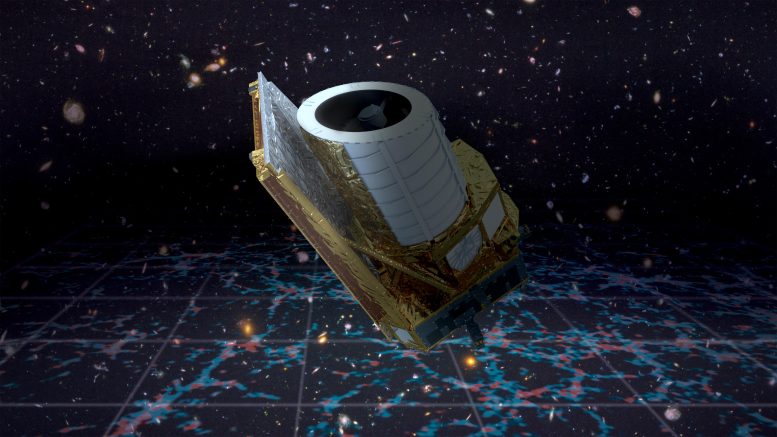
ESA’s Euclid mission is designed to explore the composition and evolution of the dark Universe. The space telescope will create a great map of the large-scale structure of the Universe across space and time by observing billions of galaxies out to 10 billion light-years, across more than a third of the sky. Euclid will explore how the Universe has expanded and how structure has formed over cosmic history, revealing more about the role of gravity and the nature of dark energy and dark matter. Credit: ESA/Euclid/Euclid Consortium/NASA. Background galaxies: NASA, ESA, and S. Beckwith (STScI) and the HUDF Team
ESA’s Euclid mission aims to reveal the nature of dark matter and dark energy by creating a 3D time-map of the Universe using its unique optics to observe billions of galaxies. The data gathered will allow precise inferences about these elusive entities, advancing our understanding of the Universe’s expansion and gravity’s behavior at large distances.
The European Space Agency’s Euclid mission is designed to bring the dark side of the Universe to light. Based on the way galaxies rotate and orbit one another, and the way in which the Universe is expanding, astronomers believe that two unseen entities dominate the composition of our cosmos. They call these mysterious components dark matter and dark energy, yet to date we have not been able to detect either of them directly, only inferring their presence from the effects they have on the Universe at large.
To better understand what dark matter and dark energy may be, we need a mission that can more closely reveal what effects they have had on galaxies, galaxy clusters, and the expansion of the Universe itself. Euclid is that mission.
ESA’s Euclid mission is designed to uncover the properties and effects of the elusive dark matter and dark energy, entities believed to be dominating the universe’s composition but remain undetected directly. Euclid will create a 3D map of the Universe, utilizing time as its third dimension, by observing billions of galaxies up to 10 billion light-years away. This extensive mapping will help scientists chart the position and velocity of galaxies across vast distances and through cosmic history, shedding light on the Universe’s expansion over time. Credit: ESA
ESA’s Euclid mission will create a 3D map of the Universe, with the third dimension representing time itself. The further away a galaxy is located, the longer its light has taken to reach us and so the earlier in cosmic history we will see it. By observing billions of galaxies out to a distance of 10 billion light-years, scientists will be able to chart the position and velocity of galaxies over immense distances and through most of cosmic history, and trace the way the Universe has expanded during that time. Euclid’s extraordinary optics will also reveal subtle distortions in the appearance of galaxies.
From this wealth of new data, astronomers will be able to infer the properties of dark energy and dark matter more precisely than ever before. This will help theorists pin down the nature of these mysterious components and develop a refined understanding of how gravity behaves at the largest distances.

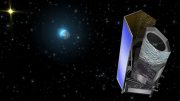
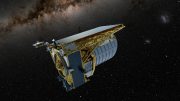
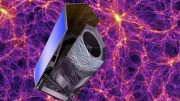
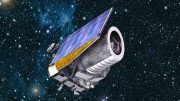
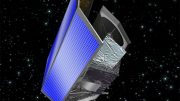
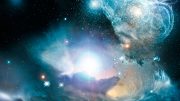
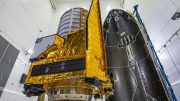
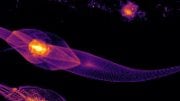
Shorly time is the fourth dimention.